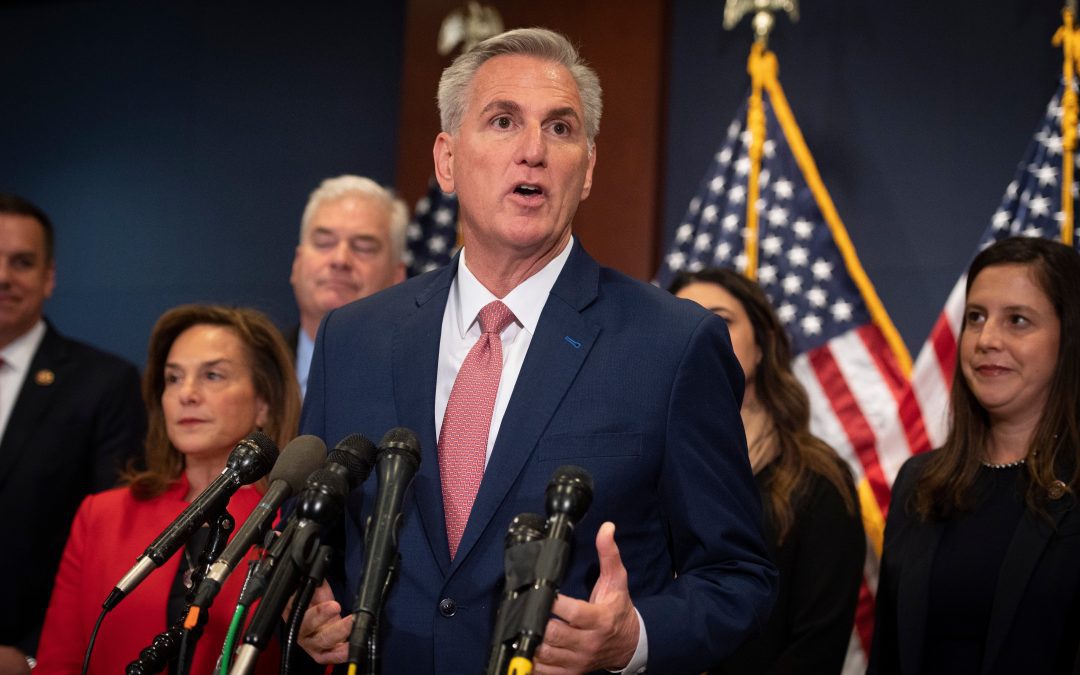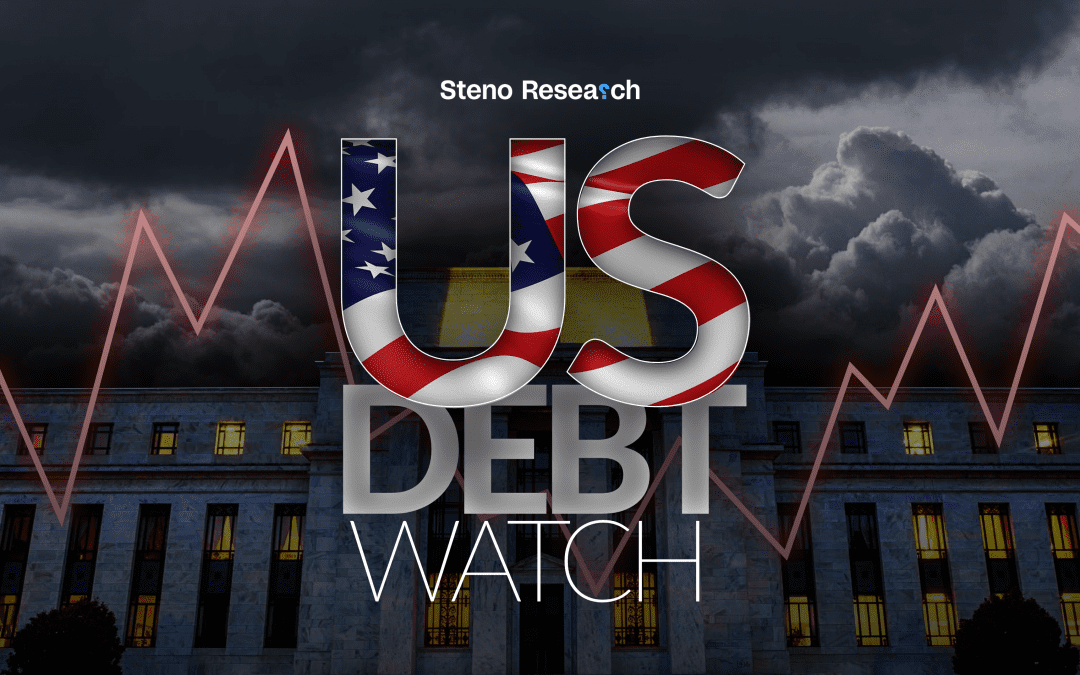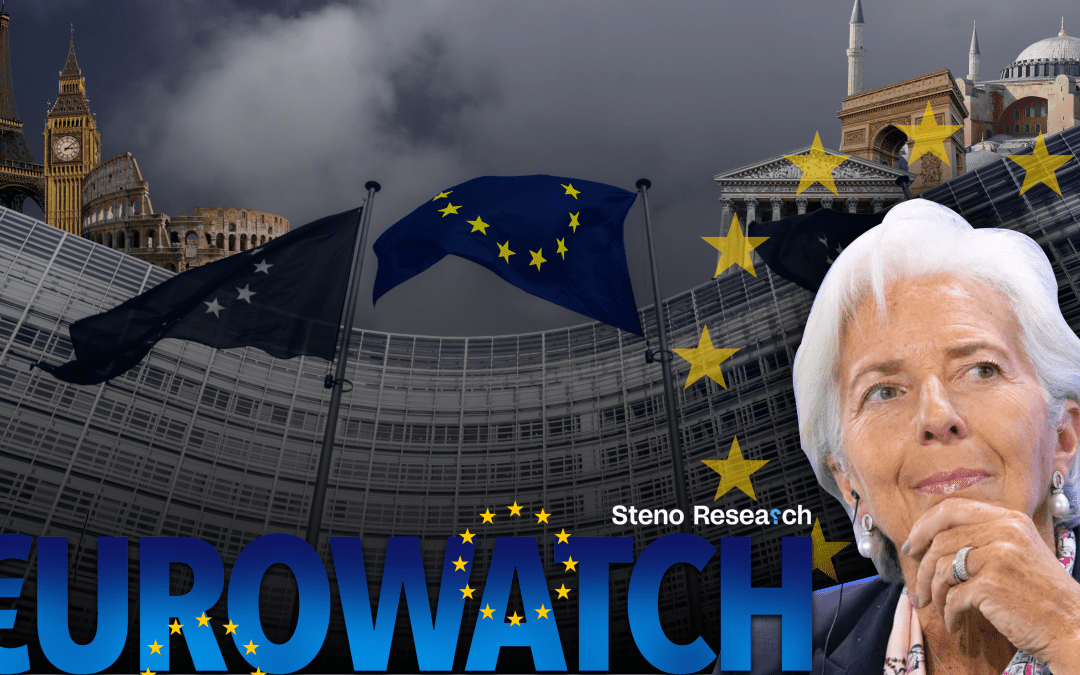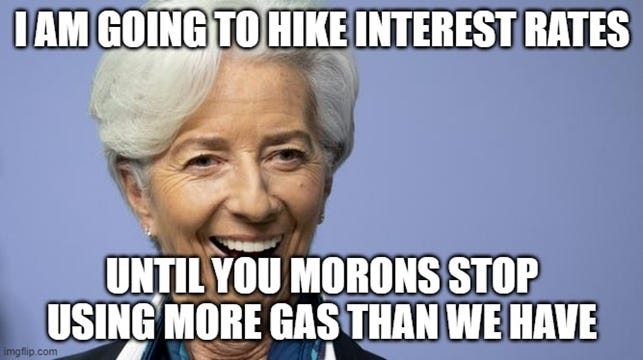We were wrongfooted by the EIA news about seasonal lows in demand for gasoline

The “Watch Series” is a collection of individual series such as Europolitics Watch, Inflation Watch, Real Estate watch and much more. Stay tuned for in-depth coverage of your favourite subjects.


We were wrongfooted by the EIA news about seasonal lows in demand for gasoline

After a series of eventful days on Capitol Hill, we present our key takeaways below. We remain committed to covering and sharing our perspective as the situation continues to evolve.

Despite communicating to cure the CNY to prevent capital flights, the PBoC is likely going to allow the exchange rate to float even higher than now to boost foreign investments, which is the only medicine that can cure the Chinese economic disease.

A rising discrepancy between crack spreads in Gasoline and Diesel space is worth noting as we move our attention away from oil to other parts of the energy space to find decent risk/reward.

Lots of talk around a too-strong USD, especially in Asian markets. The issue is that the move in the USD is driven by BOTH monetary policy and relative energy balances. It is hard to make a Plaza Accord without a Riyadh accord.

The Eurozone bear case seems to finally be playing out but what is the current state in Europe? Bleak and divided are two words that spring to mind.

Oil positioning is not as long as people think when looking at actual volumes, bonds are still underperforming, and the bearish sentiment in equities still prevails. Read along for more positioning data insights!

We’ve taken a massive WIN in recent weeks, but the markets are precarious here after blood on the street as seasonality shifts. Is there a final surge before the impending collapse?

Have markets and REITs come to terms with higher interest rates, and should we really care? We’ve looked to see if a collapse was brewing – in the US or in Europe.

We have recently played the energy trade from an equity perspective, but now risk/rewards favor the underlying commodities instead.

Did you miss our Premium Q&A on Tuesday? Don’t worry – you can watch the entire session right here!

The reliance on Muftis and Zars in the energy policy reminds us of the 1970s and 1980s. Steepeners, higher Natural Gas Prices and tighter fiscal policy will likely be the end game in that order.

The U.S government will shut down on Sunday when FY23 funding elapses with no spending bill to replace it. This is how we assess the shutdown unfolding and how it will affect the outcome of the final 2024 budget.

With today’s release of the total Ifo data from the manufacturing sector we wanted to quickly touch upon the main data points we are looking at. We particularly note that good news in Germany, is now bad news for the EUR, since an uptick in the industry means more gas buying, which in turn means more FX outflow.

Is the oil bull market about to become old hat? We are turning our attention to Natural Gas and Uranium to find value in energy markets. Find out why here!

The EUR-inflation numbers will be helped lower by substantial base effects while we see weakness spreading across services-inflation. The bottom will likely be found in Nov or Dec at levels close to the target.

We back our words with action as we step into an equity spread trade. Please see the context below for further details

Tune in to the monthly Q&A to hear all about Part 2 of the Energy Crisis!

With the recent surge in oil prices due to supply constraints, we highlight the contrasting market impact in the US and the Eurozone. Our Monday Macro Nugget available below

The Fed projects higher rates for longer, while oil production cuts persist. How do markets play the “Higher for longer and Lower for longer” ? Read our weekly report below

How do you trade the tight energy supply with increasing consensus in the oil market? We see various interesting proxies and have started to add them to our portfolio.

Japan is one of the most energy sensitive countries in the world and the BoJ is not (truly) willing to underpin the JPY. We aim at exploiting this in a RV trade in Asia.

Ueda has got the situation under control and managed to orchestrate a whole string of positive market developments on the back of his monetary policy mix. There are no major reasons to change course. Steepen the JPY curve slowly, while accommodating the short-end.

Is the divergence between energy stocks and oil markets worth noticing? And could the risk/reward be shifting towards other parts of the energy space?

We flip our exposures in the Energy space and find value in adding a lagged proxy trade to the current oil price spike.

We have closed 3 positions as the risk/reward from here has weakened.

Given the information received since the last update of the dot plot in June, inflation has surprised to the upside, the growth gauges have surprised to the upside, while the labor market has surprised to the downside. Net/net no reason to alter the dot plot.

Both nuclear and oil returns have gone bananas in recent weeks, so it might be time to change focus in energy space? We look at the model evidence across energy asset classes.

Last week we tried to assess where in the cycle we’re currently at and whether the recession risks were receding. In this sequel, we’ll take a look at how various asset classes perform during hikes, pauses, and cuts respectively. Hold on your cheer for cuts maybe…

The spread between the income and production side of the economy keeps widening, but are there reasons to worry, or is it once again just a statistical question?